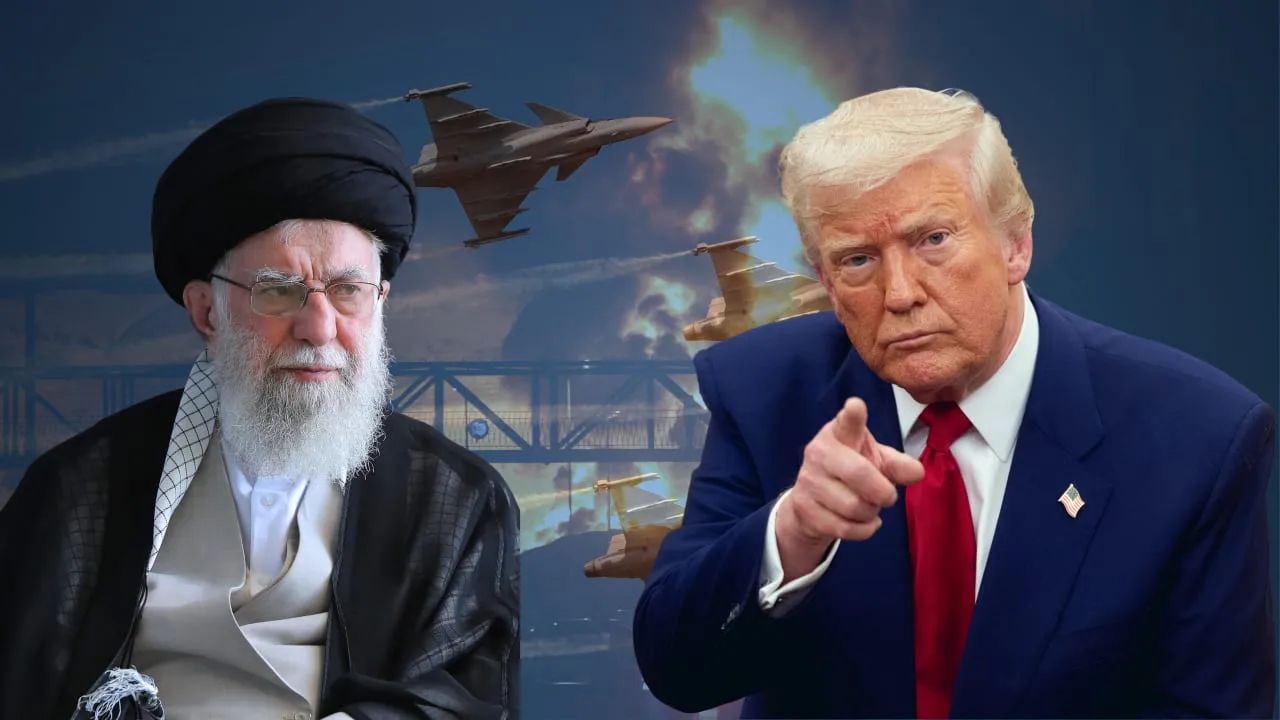1. Announcement of Ceasefire
- U.S. President Donald Trump declared on June 23, 2025, that Israel and Iran had agreed to a “complete and total” ceasefire, signaling an end to the “12‑Day War.” He specified that it would begin in stages over approximately 24 hours: first Iran, then Israel, leading to a final “Official END”.
2. Mediation by Qatar & U.S.
- Qatar’s Prime Minister Mohammed bin Abdulrahman Al Thani is reported to have secured Iran’s agreement during calls with Iranian officials. Trump reportedly spoke with Israeli PM Netanyahu, while U.S. officials (VP Vance, Sec. Rubio, envoy Steve Witkoff) were in contact with Iran
3. Iran’s Position
- A senior Iranian official confirmed Tehran’s agreement to the ceasefire proposal
- Iran’s Foreign Minister Abbas Araghchi said Iran would stop attacks if Israel halted airstrikes by 4 a.m. Tehran time
4. Israeli Response
- As of the announcement, Israel had not officially confirmed the ceasefire, though some ministers commended Trump’s initiative.
5. Conflict Background
- The hostilities began around June 13, with Israeli and American strikes on Iranian nuclear facilities. In retaliation, Iran launched missiles at the U.S. base in Qatar—most intercepted—with no casualties
- Israel had also targeted sites including Evin Prison and nuclear sites near Fordow
6. Economic & Regional Impact
- Following the ceasefire announcement, U.S. stock futures rose while crude oil prices fell—for example, a 5% drop to ~$65/barrel
- Regional tensions remained high: evacuation alerts issued in Tehran and the Golan Heights

